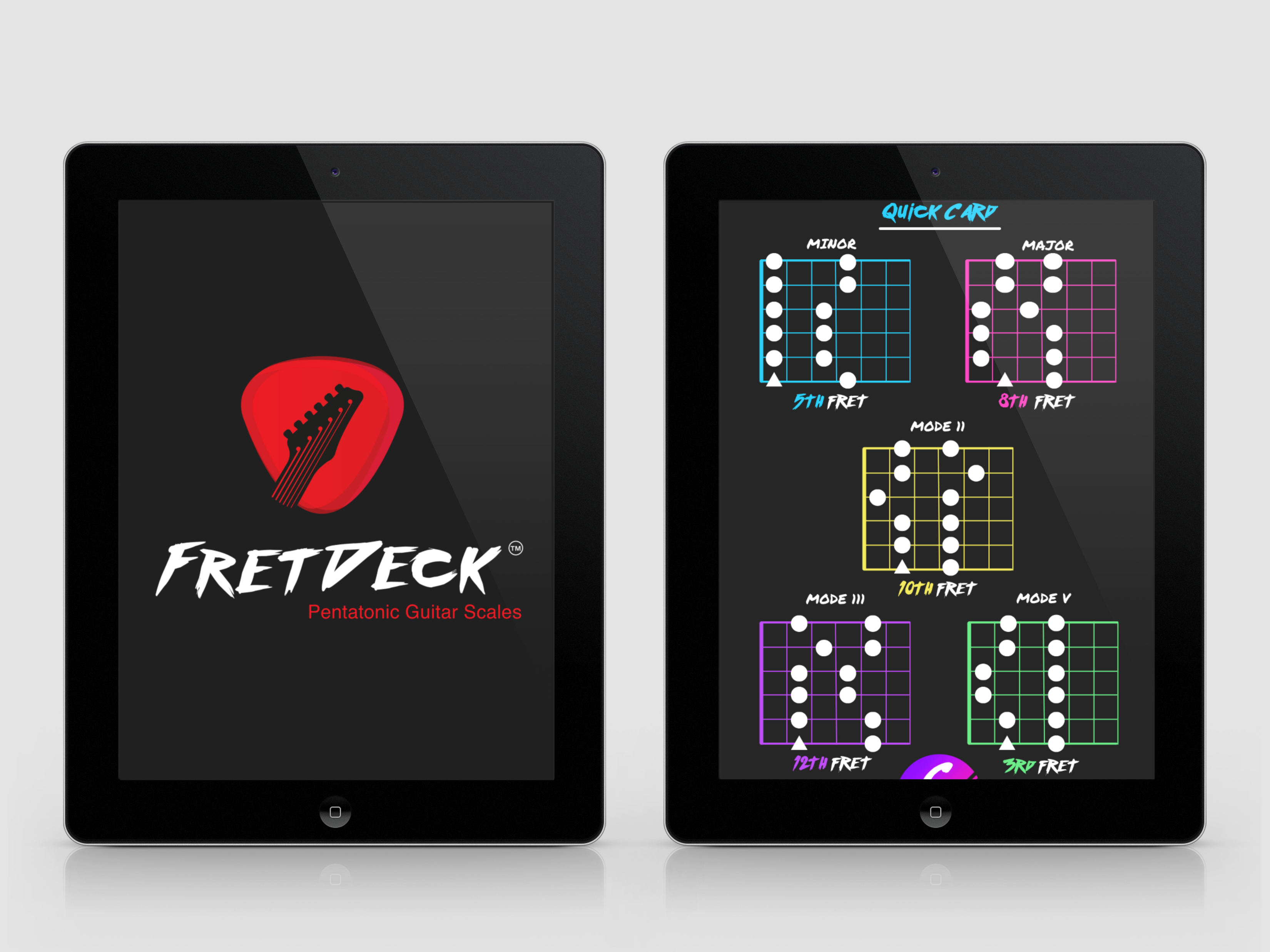Introduction:
Years ago I found myself in a studio session and the engineer needed an impromptu guitar solo on one of the songs we were working on. I remember being really nervous to disappoint our client. My mind began to race about what to do and I started noodling with A minor pentatonic at the 5th fret. The small riffs that I began to play turned into the perfect solo for my client which resulted into an awesome song.
Minor Pentatonic scales are one of the greatest tools you can use for song composition. I have been able to use minor pentatonic scales over many different chord types and chord progressions. The use of this scale is essential for all guitar players to learn. Lets take a look at what it takes to use this scale.
Understanding the Minor Pentatonic Scale:
Combining just 5 simple notes will give you the minor pentatonic scale on the guitar. When you understand which notes to combine, you will have the power of pentatonics sounding from your amp! Let’s take a look at the G minor pentatonic scale on the 3rd fret.

The G minor pentatonic scale is made up of the following notes:
- G
- Bb
- C
- D
- F
Playing the G minor pentatonic scale in a box pattern will allow you to stack the notes on top of each other. Essentially you are playing two octaves of these notes. Practice playing these notes over and over until your fingers can move smoothly over each notes. The repetitive movement of this scale pattern will ensure that your muscle memory will remember this box pattern.
Transposing Minor Pentatonic Scales:
Transposing the minor pentatonic scale involves shifting the scale pattern to a different starting note or key while maintaining its interval structure. This process allows guitarists to play the scale in any key without learning new patterns. This is also known as a “moveable” scale pattern.
To transpose the minor pentatonic scales, simply move the scale pattern to the desired starting note. For example, to play the minor pentatonic scale in the key of A minor, start the scale pattern on the note G and follow the same intervallic structure. The notes of the A minor pentatonic scale would be A, C, D, E, G.

Practicing transposition is essential for developing fluency and versatility on the guitar. Start by mastering the minor pentatonic scale in one key before gradually exploring other keys. Over time, you’ll become comfortable navigating the fretboard in any key, expanding your improvisational abilities. We have a tool called the FretDeck that will help guitarists learn how to play all pentatonic scales in every key
Improvising with the Minor Pentatonic Scale:
One of the most exciting aspects of the minor pentatonic scale is its suitability for improvisation. Whether you’re jamming with a band or playing a solo, the minor pentatonic scale provides a rich palette of sounds to draw from.
To improvise with the minor pentatonic scale, start by familiarizing yourself with the scale pattern across the fretboard. Practice ascending and descending through the scale, experimenting with different rhythms and phrasing.
Next, explore bending and sliding techniques to add expression and character to your playing. Bends can infuse notes with emotion, while slides can create smooth transitions between pitches. Experiment with these techniques to develop your unique improvisational style.
Another essential aspect of improvisation is understanding the relationship between the minor pentatonic scale and the underlying chords. In many cases, the minor pentatonic scale can be used over minor, dominant, and even major chords, providing a versatile framework for soloing.
As you improvise, listen closely to the backing track or ensemble, and respond to the musical context. Pay attention to dynamics, articulation, and phrasing to craft compelling solos that complement the music.
Conclusion:
The journey to mastering minor pentatonic scales is a rewarding endeavor for any guitarist. Its timeless appeal and versatility make it a fundamental tool for soloing, improvisation, and musical expression. By understanding the scale’s structure, transposing it into different keys, and exploring improvisational techniques, you can unlock the soul of the guitar and unleash your creativity on the fretboard. So pick up your guitar, embark on this journey, and let the minor pentatonic scale guide you to new musical heights.

Download The FretDeck & Pentatonic Secrets Course!
Download Our Course










